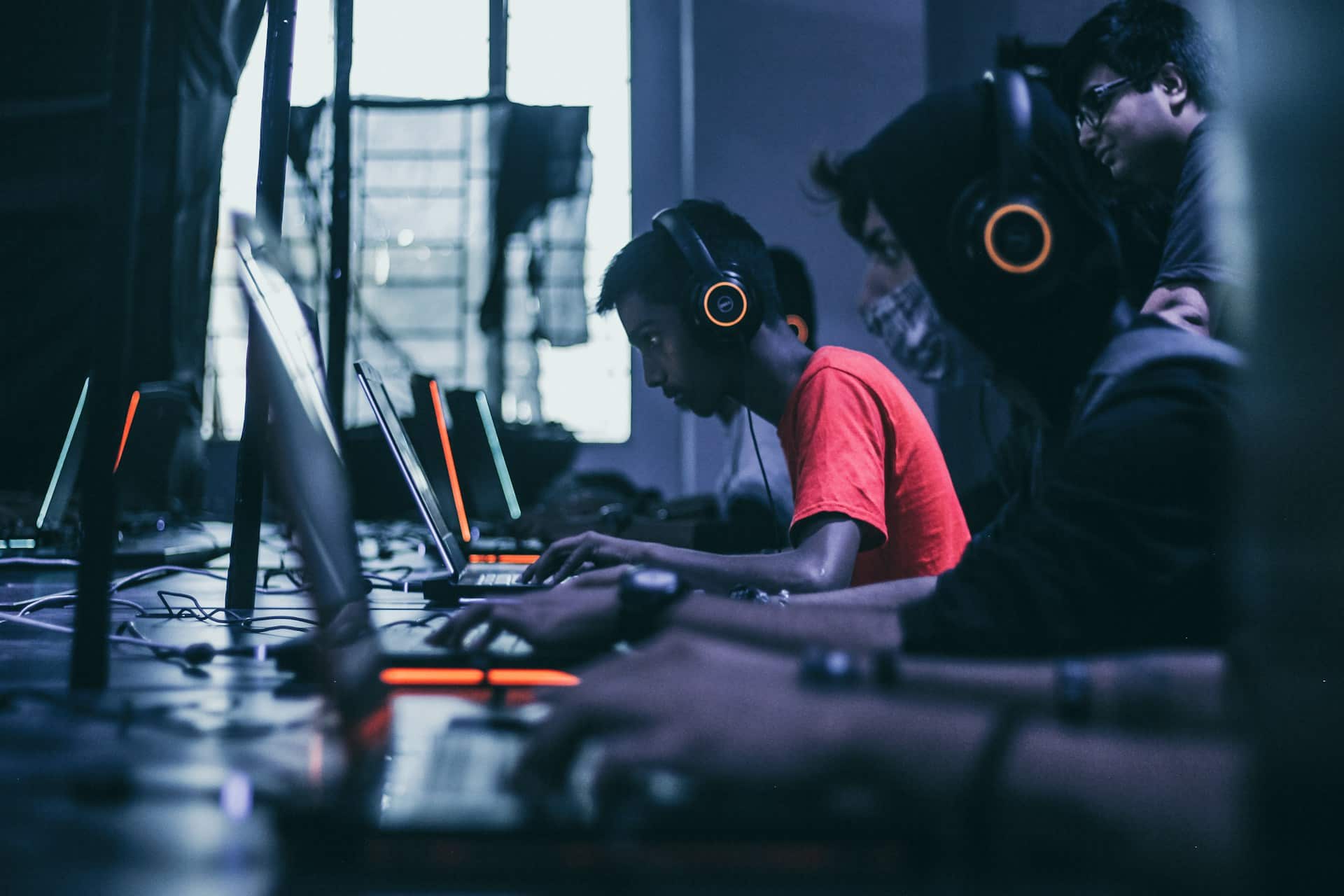
How can developers use deep learning to create more realistic crowd simulations in sports games?
Deep learning is transforming the landscape of game development, particularly in the realm of crowd simulations in sports games. As avid gamers and passionate developers, we continually seek ways to enhance the gaming experience, making it as immersive and realistic as possible. The use of deep learning, a subset of artificial intelligence, offers groundbreaking opportunities to achieve these ambitious goals. In this article, we delve into how developers can harness deep learning to revolutionize crowd simulations, thereby elevating the player experience to unprecedented levels.
The Role of Data in Enhancing Realism
In the quest for more realistic crowd simulations, data is the cornerstone. By leveraging tracking data from actual sporting events, developers can gather invaluable insights into crowd behavior and performance. Data analytics plays a pivotal role in processing this vast amount of data, breaking it down into actionable insights that can inform the development process.
A lire aussi : How can machine learning algorithms be used to create more engaging player-versus-environment encounters?
Utilizing Real-Time Data for Authenticity
To achieve authenticity, developers must use real-time data. This data can be sourced from live sports events, providing a real-world context that is crucial for creating believable crowd simulations. For instance, developers can track fan movements, reactions, and interactions during a game, using computer vision and other tracking technologies. By feeding this real-time data into deep learning algorithms, developers can replicate these behaviors in virtual environments, making the game feel more authentic.
The Importance of Data Diversity
Diverse data sets are essential for creating realistic crowd simulations. By incorporating data from different types of sports events, demographics, and cultural backgrounds, developers can ensure that their crowd simulations are not only realistic but also inclusive. This approach allows for a broader range of player behaviors and reactions, enriching the overall gaming experience.
A lire en complément : How can procedural generation be used to create unique quests in open-world RPGs?
Data-Driven Decision Making
Data-driven decision making is critical in the game development process. By analyzing the data collected, developers can make informed decisions about the elements to include in their crowd simulations. This could involve adjusting the crowd's energy levels based on specific game scenarios or incorporating unique fan interactions that reflect real-world events. By grounding these decisions in data, developers can enhance the realism and engagement of their sports games.
Leveraging Machine Learning for Predictive Analytics
Machine learning, a subset of deep learning, is a powerful tool for predictive analytics in the sports industry. By training learning algorithms on historical data, developers can predict future crowd behaviors and responses. This predictive capability is invaluable for creating dynamic and responsive crowd simulations.
Training Algorithms with Historical Data
Developers can use historical data to train machine learning algorithms, enabling them to recognize patterns and make predictions about future events. For example, by analyzing past sports games, developers can predict how a crowd might react to a last-minute goal or a controversial referee decision. These predictions can then be used to inform the behavior of virtual crowds, adding a layer of realism to the game.
Enhancing Player Engagement
Predictive analytics can also enhance player engagement by creating more dynamic and responsive crowd simulations. By anticipating player actions and adjusting the crowd's behavior accordingly, developers can create a more immersive and interactive gaming experience. For instance, if a player is performing exceptionally well, the virtual crowd can respond with increased enthusiasm and energy, mirroring the reactions of a real-world audience.
Real-Time Adaptation
One of the most exciting applications of machine learning in crowd simulations is the ability for real-time adaptation. As players make decisions and progress through the game, machine learning algorithms can adjust the crowd's behavior in real-time, ensuring that the simulation remains dynamic and responsive. This real-time adaptation creates a more engaging and lifelike gaming experience, enhancing the overall enjoyment for players.
The Impact of Artificial Intelligence on Crowd Simulations
Artificial intelligence (AI) is at the forefront of revolutionizing crowd simulations in sports games. By incorporating AI technologies, developers can create more complex and realistic crowd behaviors, enhancing the overall gaming experience.
Creating Intelligent Agents
AI allows developers to create intelligent agents that mimic the behavior of real-world fans. These agents can be programmed to display a wide range of emotions and reactions, from excitement and joy to disappointment and frustration. By incorporating these emotions into the crowd simulation, developers can create a more immersive and authentic gaming experience.
Enhancing Interactivity
One of the key benefits of AI in crowd simulations is its ability to enhance interactivity. By using AI to govern crowd behavior, developers can create a more dynamic and responsive environment. For example, if a player interacts with the crowd in a specific way, the AI can adjust the crowd's behavior to reflect this interaction, creating a more engaging and interactive experience.
Improving Performance Optimization
AI can also be used to improve performance optimization in crowd simulations. By using AI to manage and optimize the behavior of the crowd, developers can ensure that the simulation runs smoothly and efficiently, even in complex and demanding scenarios. This optimization is crucial for maintaining a high level of realism and immersion in the game.
Integrating Computer Vision for Enhanced Realism
Computer vision is another cutting-edge technology that is transforming crowd simulations in sports games. By using computer vision to analyze and interpret visual data, developers can create more realistic and detailed crowd behaviors.
Capturing Detailed Movements
Computer vision allows developers to capture detailed movements and interactions within the crowd. By analyzing video footage from real-world sports events, computer vision algorithms can identify and replicate the subtle nuances of crowd behavior, from individual gestures to group dynamics. This level of detail adds a layer of realism to the game, making the crowd simulation more authentic and believable.
Enhancing Visual Fidelity
In addition to capturing detailed movements, computer vision can also enhance the visual fidelity of crowd simulations. By analyzing and processing visual data, computer vision algorithms can create more realistic and detailed crowd models, improving the overall visual quality of the game. This enhancement is crucial for creating an immersive gaming experience that captivates players and keeps them engaged.
Real-Time Analysis and Adaptation
One of the most exciting applications of computer vision in crowd simulations is real-time analysis and adaptation. By using computer vision to analyze the crowd's behavior in real-time, developers can make real-time adjustments to the simulation, ensuring that it remains dynamic and responsive. This real-time adaptation creates a more engaging and immersive gaming experience, enhancing the overall enjoyment for players.
The Future of Crowd Simulations in Sports Games
As we look to the future, the potential for deep learning and AI in crowd simulations is virtually limitless. By continuing to innovate and push the boundaries of what is possible, developers can create increasingly realistic and immersive sports games that captivate players and redefine the gaming experience.
Emerging Technologies and Trends
Emerging technologies such as natural language processing (NLP) and augmented reality (AR) are set to play a significant role in the future of crowd simulations. NLP can be used to create more interactive and responsive crowd interactions, while AR can enhance the immersion and realism of the gaming experience. By staying at the forefront of these emerging trends, developers can continue to innovate and push the boundaries of what is possible.
The Role of Fan Engagement
Fan engagement will continue to be a driving force in the development of crowd simulations. By creating more immersive and interactive experiences, developers can enhance fan engagement and create a more loyal and dedicated player base. This focus on fan engagement is crucial for the long-term success and sustainability of the gaming industry.
The Importance of Collaboration
Collaboration between developers, data scientists, and AI specialists will be crucial for the continued advancement of crowd simulations. By working together and sharing knowledge and expertise, these professionals can overcome the challenges and complexities of creating realistic and immersive crowd simulations. This collaborative approach is essential for driving innovation and achieving the ambitious goals of the gaming industry.
In conclusion, deep learning offers immense potential for creating more realistic crowd simulations in sports games. By leveraging data, machine learning, AI, and computer vision, developers can create immersive and authentic gaming experiences that captivate players and redefine the gaming landscape. The future of crowd simulations is bright, and by continuing to innovate and push the boundaries of what is possible, developers can create increasingly realistic and engaging sports games that resonate with players around the world.
